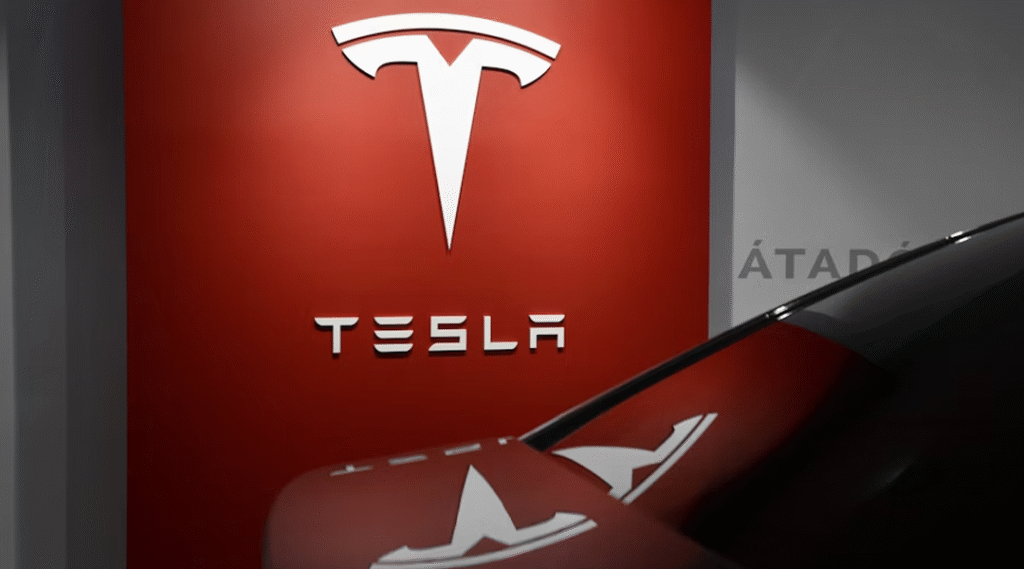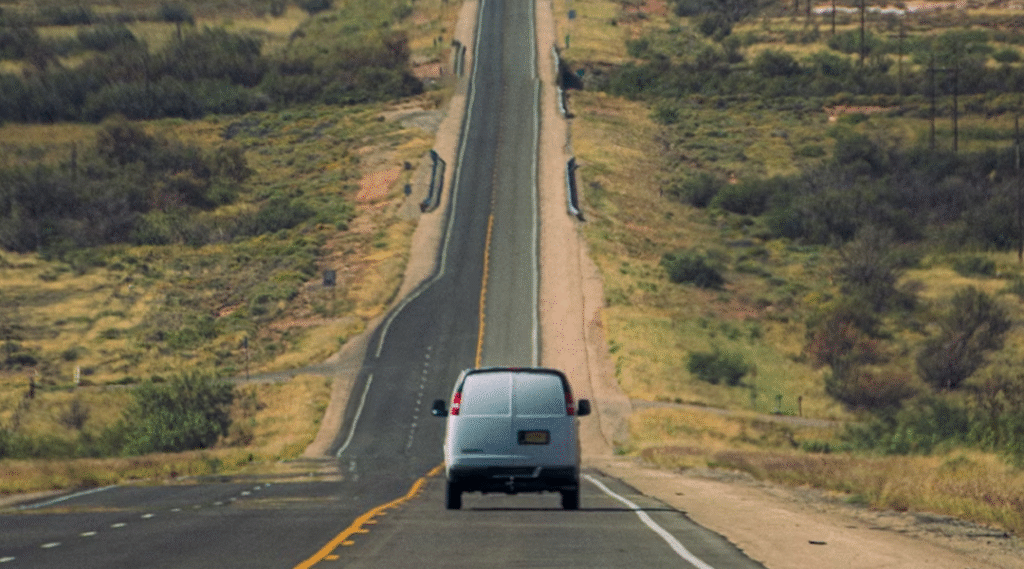Tesla’s bold shift to a camera‑only “pure vision” approach for its Full Self‑Driving (FSD) system has turned heads across the autonomous‑vehicle industry. By removing radar and LiDAR sensors and relying exclusively on high‑resolution cameras paired with advanced neural networks, Tesla is betting that vision alone can master the complexity of real‑world driving. Here’s why this strategy could redefine autonomy and accelerate Tesla’s path to fully driverless vehicles.
1. Emulating Human Perception
Humans navigate roads almost entirely through sight, interpreting traffic signals, lane markings, and the behavior of other road users. Tesla’s pure vision system mirrors this innate process by training its neural networks on massive datasets of camera footage. The goal is to teach the software to recognize objects, anticipate movements, and make split‑second decisions—just as a human driver would—without the crutch of radar or laser scans.
2. Maximizing Cost Efficiency
Radar and LiDAR sensors—especially high‑precision units—can cost thousands of dollars each, adding substantial expense and weight to any vehicle. Cameras, by contrast, are inexpensive, lightweight, and already integrated into all Tesla models. Eliminating additional sensors reduces build complexity and lowers production costs, making it more feasible to scale FSD technology for mainstream adoption.
3. Leveraging Massive Real‑World Data
With over two million Teslas on the road, the company collects petabytes of driving footage daily. This continuous data stream feeds into Tesla’s supercomputing clusters, where its neural networks train on real‑world scenarios, including rare “edge cases.” Pure vision systems generate far more raw training data per dollar than LiDAR or radar, enabling rapid improvements in object detection and situational awareness.
4. Simplifying Software Updates
A camera‑centric architecture is inherently software‑driven. Tesla delivers over‑the‑air (OTA) updates to its FSD software, allowing the same hardware to evolve and improve over time. In contrast, radar and LiDAR upgrades would require hardware replacements. By focusing exclusively on vision, Tesla ensures its entire fleet benefits from the latest perception enhancements without any physical modifications.
5. Eliminating Sensor‑Fusion Complexity
Fusing data from multiple sensor types—each operating at different frequencies and resolutions—introduces significant algorithmic challenges. Pure vision removes this layer of complexity by unifying perception through a single data modality. Tesla’s neural networks adapt to varying lighting and weather conditions without juggling disparate data streams, resulting in a cleaner, more maintainable codebase.
6. Aligning with Vertical Integration
Tesla’s end‑to‑end control—from in‑house chip design to its global charging network—relies on optimized hardware‑software synergy. The Tesla FSD computer is custom‑built for vision processing, maximizing inference speed and energy efficiency. This bespoke integration of camera hardware and neural‑network software exemplifies Tesla’s vertically integrated philosophy and gives it an edge over competitors using off‑the‑shelf sensor packages.
7. Future‑Proofing for Driverless Operation
Tesla’s ultimate objective is Level 4 and Level 5 autonomy—vehicles that operate without any human intervention. In such a world, a robust vision system capable of interpreting nuanced visual cues (hand signals from traffic officers, temporary construction signs, or children darting into the street) is essential. By teaching its neural networks to “see” the world as humans do, Tesla is laying the groundwork for truly hands‑off driving.
8. Building a Learning Fleet
Every Tesla on the road contributes to the company’s neural‑network training pipeline. Pure vision amplifies this effect: more cameras mean more angles and perspectives, enriching the dataset with diverse driving environments. As the fleet grows, Tesla’s perception software refines itself at an unprecedented scale, accelerating progress toward safer, more reliable autonomy.
Tesla’s commitment to pure vision for self‑driving is a calculated gamble, rooted in human‑like perception, cost efficiency, and massive data leverage. By stripping away costly sensors and doubling down on camera‑based neural networks, Tesla aims to outpace rivals and redefine what autonomous driving can achieve. If successful, this vision‑only strategy could usher in a new era of fully driverless vehicles—transforming the way we travel, commute, and explore the world.
More for the topic:
Elon Musk’s Master Blueprint for Tesla
Is Tesla’s Self-Driving Technology Reliable? A Comprehensive Analysis
Humans and Machines Unite: Embracing Industry 5.0 and Seizing Its Promise
As for in-depth insight articles about AI tech, please visit our AI Tech Category here.
As for in-depth insight articles about Auto Tech, please visit our Auto Tech Category here.
As for in-depth insight articles about Smart IoT, please visit our Smart IoT Category here.
As for in-depth insight articles about Energy, please visit our Energy Category here.
If you want to save time for high-quality reading, please visit our Editors’ Pick here.



